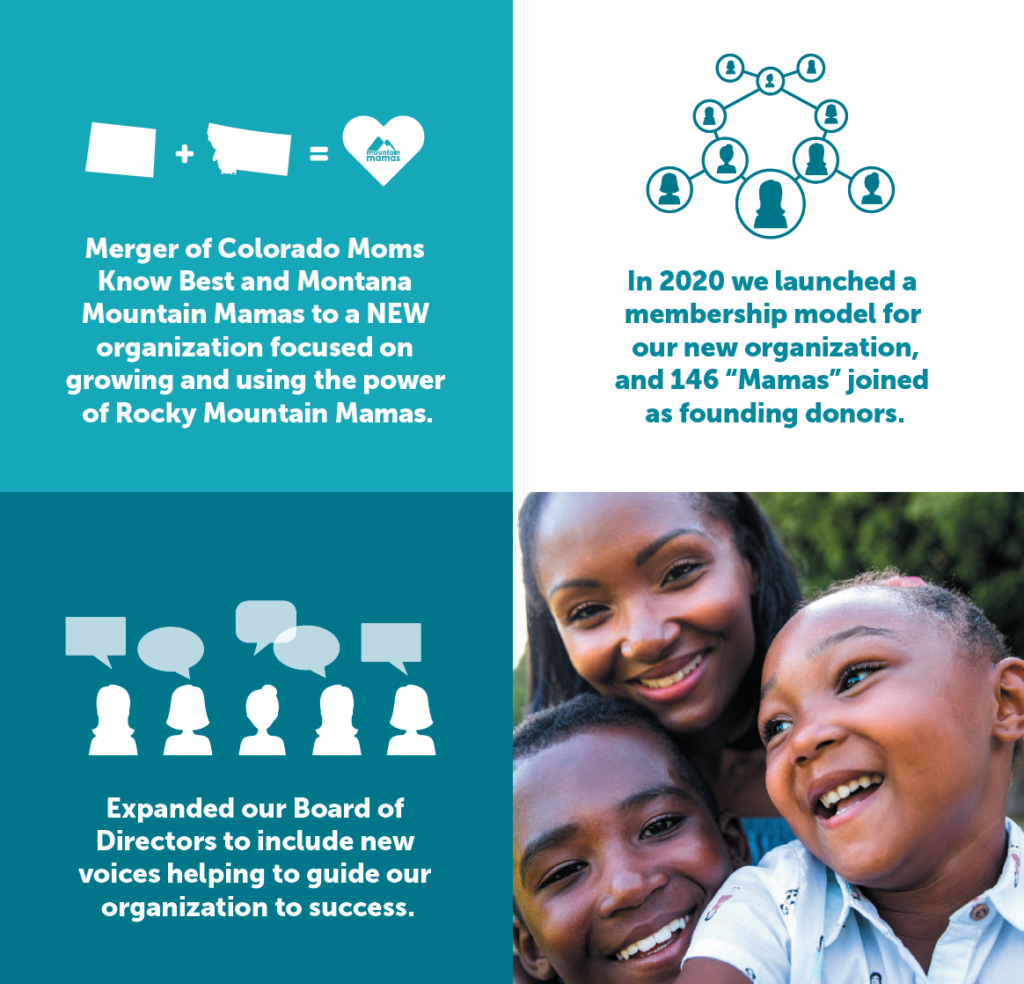Author: Jen Clanahan
Getting national protection for the area will also help give kids another outlet to explore and connect with nature.
There are many parents in Colorado who, like me, are starting the daunting exercise of finding things for their kids to do over spring break as well as enrolling them in camps and programs for the summer. This year, I find myself seeking activities that focus on connecting children with nature. Because today’s world presents such difficult challenges for children and because they spend a significant amount of time staring at screens, I believe it is needed now more than ever.
In the vast canvas of our planet, certain landscapes stand as testament to the raw beauty of nature, serving not only as havens for biodiversity but also as sanctuaries for the human spirit. Among these, the Dolores River Canyon region in western Colorado is a testament to the power and grandeur of natural landscapes. As support for protecting this magnificent landscape as a national monument gains momentum, it is imperative to recognize not only the ecological and cultural significance of preserving such places but also the profound benefits they offer to our children and their relationship with nature.
The Dolores Canyon country is rich in ecological diversity, cultural and historic resources, sprawling vistas and endless opportunities to explore and connect with nature. These lands are not merely geographical features but repositories of history, culture and our shared natural heritage. From the ancient Ancestral Puebloans who once inhabited these canyons to the modern-day explorers seeking solace in the rugged terrain, the Dolores Canyons have woven themselves into the fabric of human existence. Yet, their future hangs in the balance, caught in the crossfire of ever-changing uses and conflicting interests.
At the heart of the debate lies the question of conservation versus exploitation. On one side stand those who advocate for the preservation of these lands, recognizing their intrinsic value and the irreplaceable ecosystems they harbor. On the other side are those who see economic potential in exploiting the region’s resources primarily through mining, viewing conservation efforts as impediments to prosperity. However, in the midst of this discord, one voice often overlooked is that of our children and their fundamental right to inherit a world rich in natural wonders.
Children are inherently drawn to nature, gravitating toward its wonders with a sense of awe and curiosity. However, in today’s increasingly urbanized world, many children are deprived of meaningful interactions with the natural world, confined to concrete environments devoid of green spaces. This disconnection from nature not only deprives them of the myriad physical and mental health benefits it offers but also erodes their sense of stewardship toward the environment.
By protecting places like the Dolores Canyon region as a national monument, we have the opportunity to reverse this trend, ensuring our children the gift of nature in its purest form. From hiking along rugged trails to marveling at ancient rock art, the Dolores Canyon region offers a wealth of opportunities for experiential learning and environmental education.
Studies have shown that exposure to nature during childhood has profound and lasting effects on children’s physical, emotional and cognitive development. Time spent outdoors not only promotes physical fitness and reduces stress but also fosters creativity, problem-solving skills and emotional resilience. By safeguarding places like the Dolores Canyons, we are investing in our children’s future, equipping them with the tools they need to thrive in an increasingly complex world.
Furthermore, protected places serve as vital habitats for wildlife, ensuring the survival of countless species for generations to come. The Dolores Canyon region, with their unique blend of ecosystems, supports a remarkable array of plant and animal life, including deer, elk, river otters and bighorn sheep. Additionally, the area is home to numerous threatened and endangered species such as the Gunnison sage-grouse, Southwestern willow flycatcher, Western yellow-billed cuckoo and numerous sensitive fish species such as the flannelmouth sucker and roundtail chub.
Beyond the tangible benefits to children and nature, protecting places like the Dolores Canyons as a national monument carries profound cultural and spiritual significance. For Indigenous communities, these lands are sacred, imbued with centuries of history, tradition and connection to the land. By honoring their cultural heritage and preserving these sites, we demonstrate our respect for Indigenous peoples and their deep-rooted relationship with the natural world.
Establishing a national monument for the Dolores Canyons region is not merely about conserving ecological values but a moral imperative. By protecting these lands, we are guaranteeing the natural heritage of future generations and nurturing the bond between children and nature. In doing so, we honor our responsibility as stewards of the Earth and ensure that the wonders of the natural world endure for all to enjoy. As we stand at a crossroads in history, let us choose the path of preservation, not only for the sake of our children but also for the sake of the planet.
Jen Clanahan lives in Denver and is the co-director of Mountain Mamas, a statewide nonprofit that works to protect our air, water, climate and public lands for future generations.



